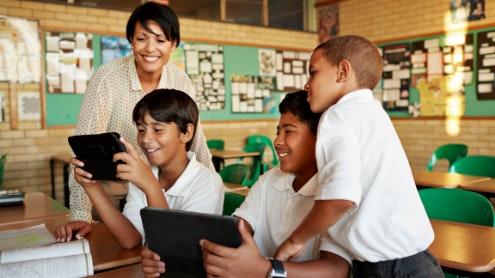Homepage
•
Learning Library
•
Blog
•
Bring the Magic of Disney to Your Classroom
Expand breadcrumbs
Expand breadcrumbs
- Learning Library
- Blog
- Bring the Magic of Disney to Your Classroom
- Homepage
- •
- Learning Library
- •
- Blog
- •
- Bring the Magic of Disney to Your Classroom
Bring the Magic of Disney to Your Classroom
By Paul Wurster
March 1, 2022








